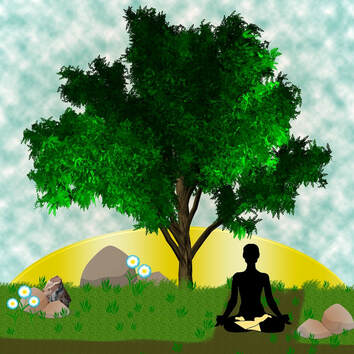 Many people are rightfully disgusted with the way we treat our planet. Our carbon emissions are producing a warming of the Earth’s climate that will lead to catastrophic changes to the planet’s fauna and flora. Our trash is piling up in the oceans causing the slow and painful death of countless sea creatures. And urbanization, industrialization, and farming are polluting the air and the water affecting wildlife and causing dead zones in the seas. Some argue that human beings must return to a lifestyle in “harmony with nature”. But what exactly is meant by “being in harmony with nature” is not clear. Does it mean engaging in outdoor lifestyles, meditating in the woods, or adopting one of those Mother Earth philosophies? Does it mean recycling, driving electric cars, and going vegan? Or does it mean giving up electricity, computers, cars, and airplanes, and living in log cabins? Even though I don’t know what “living in harmony with nature” means for human beings, I know what it means for other living things. If you want to know too, I encourage you to watch not the cute lovey-dovey videos of animals who are otherwise mortal enemies in nature frolicking with each other as a result of human intervention, but any of a number of grisly predator-prey videos in the internet where living things are dismembered, disemboweled, or eaten (many while still alive). This is what nature is: no rights, no morals, no ethics, no laws, no religion, and no values. It’s dominate or be dominated, kill or be killed, eat or be eaten, and fight or flee to survive just to die another day. Nature is predators, fear, pain, and suffering. Nature is wounds, infections, parasites, and parasites of parasites. Nature is the purest form of “life’s a bitch and then you die”. Do you want to be in “harmony” with that? For all living things except human beings, “living in harmony with nature” is being part of this system. Nature is not antibiotics, antivirals, antifungals, vaccines, drugs, medical checkups, or surgery. Nature is no artificially extended lifespans and access to technology that allows us to overcome the limitations of our biology. There are hundreds of millions of people (including yours truly) who are alive today and free of suffering because we are not in harmony with nature. Some people would argue that I am being ridiculous, that “being in harmony with nature” does not mean abandoning our modern civilization, going back to the forest, and trying to outrun the wolf pack. These people would argue that instead “being in harmony with nature” means something like using green energy, reducing the use of plastics, the consumption of livestock, and other such strategies. Well, if you have read my blog, I am all for that, but in my opinion this is not “being in harmony with nature”. Here we may be arguing about semantics, but I think that we cannot be in “harmony with nature” in the most obvious meaning of this phrase because the very premises on which we base and define our existence (think for example “rights”) are at odds with the natural order according to which all living things but we live. There are also practical considerations. For example, the total amount of energy that a single human being in the United Estates consumes in one year is 303 million BTU per year. BTU means “British Thermal Unit”, and is roughly equivalent to the amount of energy released when you light a match. By comparison a male elephant weighing 5 tons consumes 82 million BTU per year. There are now 7.3 billion people on Earth. Our worldwide consumption of energy is 575 quadrillion (that is 15 zeroes) BTU, and the processes by which we generate this energy, such as burning fossil fuels, are damaging our planet. Can we replace these energy-generating processes with green alternatives? Maybe, but it will be a challenge. At this point, some people would agree with me that indeed we human beings have placed ourselves outside the checks and balances of nature, and because of this we are harming our planet. They argue that, unlike natural populations of living things, humanity is growing unchecked like a cancer overrunning the Earth. They feel human population growth and activities must be restrained. Some even suggest in ominous whispers that “the herd must be thinned”. Not so fast. Human beings have a brain that is a product of a natural evolutionary process, and this brain has allowed our species to gain an understanding of the universe that no other living thing has ever achieved. Because of this we can recognize that our way of life is harming the planet. A cancer is not capable of understanding that it is killing the body that sustains it, but we are, and we can do something about it. For example, when it was recognized that the use of certain chemicals was depleting the ozone levels in the atmosphere, the nations of the world agreed to ban ozone-depleting chemicals in 1987 in the treaty known as the Montreal Protocol. Another example is when it was recognized that the testing of nuclear weapons represented a danger to human beings and the environment. As a result of this, the testing of nuclear weapons in the atmosphere, under water, and in space was banned in several treaties signed and ratified over the years. So to recap, I don’t believe that humanity can be (or will want to be) in “harmony with nature”. However, I do believe that humanity as a whole is not a destructive entity with a one-way ticket to oblivion. We will be able to change our ways, minimize our environmental impact, and persevere. We have adapted in the past, and we will do it again in the future. The image from Pixabayis is free for commercial and noncommercial use.
2 Comments
I am not really the explorer type. Some folks go backpacking into the wilderness for days on end. They sleep on the forest floor, cook their meals (if at all) over a fire, take care of their excretory business in the bushes, and brave ticks and other critters. Not me. I like a comfortable bed to sleep on, nice hot meals cooked on a stove or in a microwave oven, and adequate bathroom facilities. This is not to say that I don’t enjoy hiking in state or national parks, but for me these are affairs that only last a few hours, and the trails that I follow are always relatively close to civilization, which is a good thing as I sometimes get lost even on marked trails! Perhaps some people would argue that I am missing something, the type of communion with nature that can only come from getting away from it all, but I disagree. While my residence is located in good old suburbia, I also happen to live near a small lake that has a pleasant paved hiking trail around it. My neighborhood is also crisscrossed by swaths of woodland and little streams. As a result of this we have quite a rich fauna in our locality, which I have enjoyed looking at and photographing over the years. Sometimes I see an interesting bird or animal out near the lake, and sometimes I don’t even have to leave the house as they come to my bird feeders. So in this post I have decided to present the pictures I have taken over the years of some of the fauna of my neighborhood, all with their respective scientific names of course. The most ubiquitous patrons of my bird feeders are the sparrows (Passer domesticus). These noisy, opportunistic, little guys perch on the seed feeder and the suet feeder, and also roam the ground under the feeders looking for spilled seeds. I also have male and female cardinals (Cardinalis cardinalis) that always show up at the same time, so they may be a couple. Every now and then I get a house finch (Haemorhous mexicanus) which competes with the sparrows for perching on the seed feeder. On the other hand the white-breasted nuthatch (Sitta carolinensis) doesn’t have the stomach for conflict. This nervous little bird waits until everyone else is gone, and then shows up, takes a bite out of the suet feeder or a seed out of the seed feeder, flies away, and repeats the process until it has had its fill. My suet feeder is also frequented by a downy woodpecker (Picoides pubescens) and by the larger red-bellied woodpecker (Melanerpes carolinus). As with the house finch, the sparrows often engage in inter-species conflict with the smaller woodpeckers for access to the suet feeder. In contrast the mourning dove (Zenaida macroura) stays on the ground prospecting for seeds and minds its own business. However, when the starlings (Sturnus vulgaris) turn up, everyone else flees the place. The Starlings are the hooligans of the crowd at my bird feeders. They monopolize the seed feeder, even though they can barely perch on it, and they pile onto the suet feeder and fight each other. Transitioning now to the birds of our lake, I often spot a single great blue heron (Ardea Herodias) which is often seen standing motionless near the shore. If you observe it long enough you will see it thrusting its beak with lighting speed into the water to catch fish. During the Fall and Winter months we have an itinerant population of ruddy ducks (Oxyura jamaicensis). During the winter a flock of herring gulls (Larus argentatus) also make themselves at home in our lake, whereas the robin (Turdus migratorius) is seen from spring to fall. Also from spring to fall you spot a crowd of small skittish birds that are hard to photograph (I don’t have a telephoto lens) like the red duck (Aythya americana) and the hooded merganser (Lophodytes cucullatus), which make our lake a home. I have sometimes seen red-winged blackbirds (Agelaius phoeniceus), which are a bit of a rarity, but even rarer is to see a mute swan (Cygnus olor). In contrast Canada geese (Branta Canadensis) are a more permanent fixture of our lake, but the only birds that you find every day all year around are the mallard ducks (Anas platyrhynchos). Among the remaining birds I’ve seen but have not managed to produce halfway decent photographs of, are coots, grebes, egrets, chickadees, canvasback and ring-necked ducks, scaups, green herons, gold finches, dark-eyed juncos, tufted titmice, blue jays, wrens, hawks, and strangely enough, crows. For several years there was a fallen tree sticking out into the lake that was favored by many of the mallard ducks as a place to rest and soak the sun (note the white albino duck among the flock). When the mallards were not present the turtles emerged from the lake and took over this prized spot. These snapping turtles (Chelydra serpentine) are the only reptiles I will be showing here. I have seen a snake or two, but I could never photograph them before they fled into the bushes. Moving on to mammals, I took a picture of this groundhog (Marmota monax) which had been chased by a dog up a tree. It is rare to be able to get close to a beaver (Castor Canadensis) or photograph one during the day as they are crepuscular (dawn or dusk) creatures, but the animal in the picture below didn’t seem to be doing very well, and sadly it disappeared during the winter of that year. Our lake went a few years without beavers, but they have made a comeback, as we now have an active beaver lodge. My final two pictures are one of a white-tailed deer (Odocoileus virginianus) and one of a cat (Felis catus). Deer in the East Coast of the US are more abundant now due to lack of predators than they were 100 years ago, and while we don’t think of cats as wild animals, there are millions of domestic and feral cats living now in the US which altogether kill a significant number of birds and small mammals every year. I have also seen a couple of foxes, but alas, I didn’t have my camera with me. So, this is the fauna around my neighborhood. What have you seen around yours? The photographs are by the author and can be used with permission. In this post I am going to rant a little, so please indulge me. Have you seen the videos of some animals that in nature would otherwise be mortal enemies, or predator and prey, frolicking around or snuggling each other? Some people would point out how it fills our hearts with sheer bliss seeing these creatures so happy and content, far removed from the ghastly carnage of “nature, red in tooth and claw”. Look, I get it. I’m human. I like cute, warm, snuggly, lovey-dovey stuff too. Watching these videos brings a smile to my face, and I have liked them and shared them on media. However, when I read some of the comments in the threads of these videos, I feel dismayed. In these comments these animals are labelled “pure” and “moral”, and the case is made that we should learn from them to live in harmony with each other. It’s as if this type of animal behavior is proof that love and friendship can overcome everything, and that in the end the lion will lie down with the lamb. I don’t like to puncture anyone’s bubble, but I am compelled to point out that this is a highly artificial situation. Many of these animals are removed from their natural environment and raised together, and/or they are all well fed and well taken care of. Many of these animals have not had to kill or escape predators to survive, and in fact some of them are the result of generations of selective breeding to make them docile. Furthermore, in the case of carnivores, what is not shown in the videos is that they are fed meat or meat-based foods. The “ghastly carnage” has already taken place at the slaughterhouse. Countless hapless farm animals have given up the ghost so that these animals could be well nourished and in the mood to be cute, warm, snuggly, and lovey dovey-for the videos. The truth is that, left alone to themselves, the lion and the lamb will NEVER lie down together because lions and other felines like cats are obligatory carnivores. The particular evolutionary processes that gave rise to these animals have made them dependent on nutrients found in meat. In their natural environment, if carnivores don’t eat meat they die. If these nutrients are included in a diet, even a synthetic one, they can survive, but this requires human intervention. And this is what these videos are all about: human intervention. As humans beings we tend to extrapolate our emotions to animals, and there may even be neurological reasons for why we do this. Nevertheless, while there is ample evidence that many species of animals are not merely robots driven by instinct, and that they display what we would call “emotions”, it has to be understood that it is difficult to establish equivalence between human and animal emotions, or even behaviors for that matter. On a pleasant day we may walk down the street whistling a tune because we feel particularly cheerful, but a bird on a nearby branch may be singing just to attract a mate. Not content with extrapolating emotions to animals, we also extrapolate our values. Humans are the only species on Earth to have declared that they have inalienable rights, and to have stated that certain behaviors are virtuous and inherently good while others are deplorable and inherently evil. In principle, we should recognize that the world of nature is removed from this convention, but it seems that many people can’t avoid assessing animal behavior in terms of their own values. If the friendship brought about by human intervention on animals that in the wild are predator and prey is “good”, then the natural situation must be on some level inherently “bad”. Therefore, of course, it follows that killing (what predators do) is wrong, and hunters, animal or human, are “bad”. 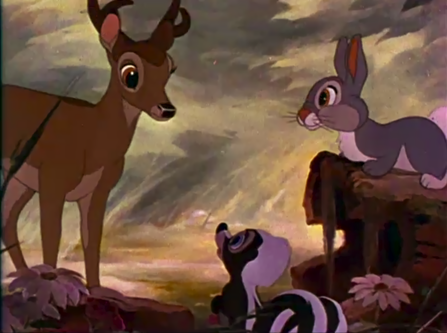 The extrapolation of human emotions and values to animals reaches its pinnacle in works of fiction where animals are anthropomorphized. One prime example of this is the Walt Disney movie Bambi. Much has been written about the problems with this movie, and many of us who saw it when we were kids have never forgotten the killing of Bambi’s mother by human hunters. Truly, anyone who can commit this atrocious murder for sport is the epitome of evil - except that if deer behaved anywhere near how they are depicted in the movie, in other words: like humans, we would not be killing them! Humans are predators. If you consume any type of meat, you either kill animals or have others do it for you, and most people would argue that there is nothing wrong with that. It’s what predators do for heaven’s sake! It’s neither good nor bad, it’s natural. We can have discussions about animal rights, about what species should be protected, about how animals should be treated, and so forth, and that is all well and good, but we have to stop viewing animals through the prism of our emotions and our values; especially animals in situations such as the ones featured in internet videos. In my opinion, the animals in these videos are nothing but a parody of their natural brethren. This is not their normal state. This is not “nature”, and in this sense we cannot learn anything from them. Much in the same way that humans exploit animals for food, clothing, or research, these animals are exploited for their cute, warm, snuggly, lovey-dovey-ness to elicit oohs and aahs (and video likes). Of course, there is nothing wrong with that, but let’s call a spade a spade, can’t we? The screenshot from the 1942 trailer for Bambi is in the public domain. |
Details
Categories
All
Archives
June 2024
|
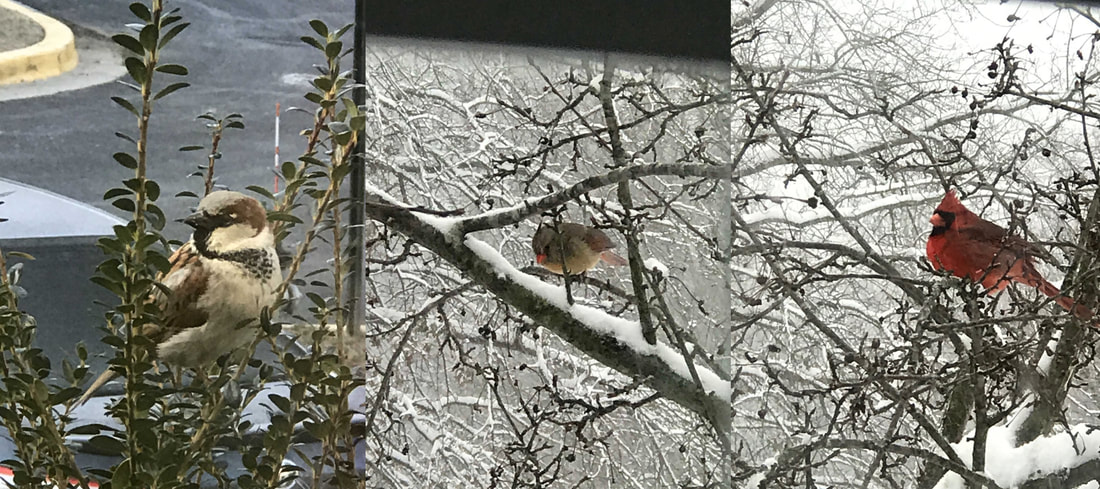
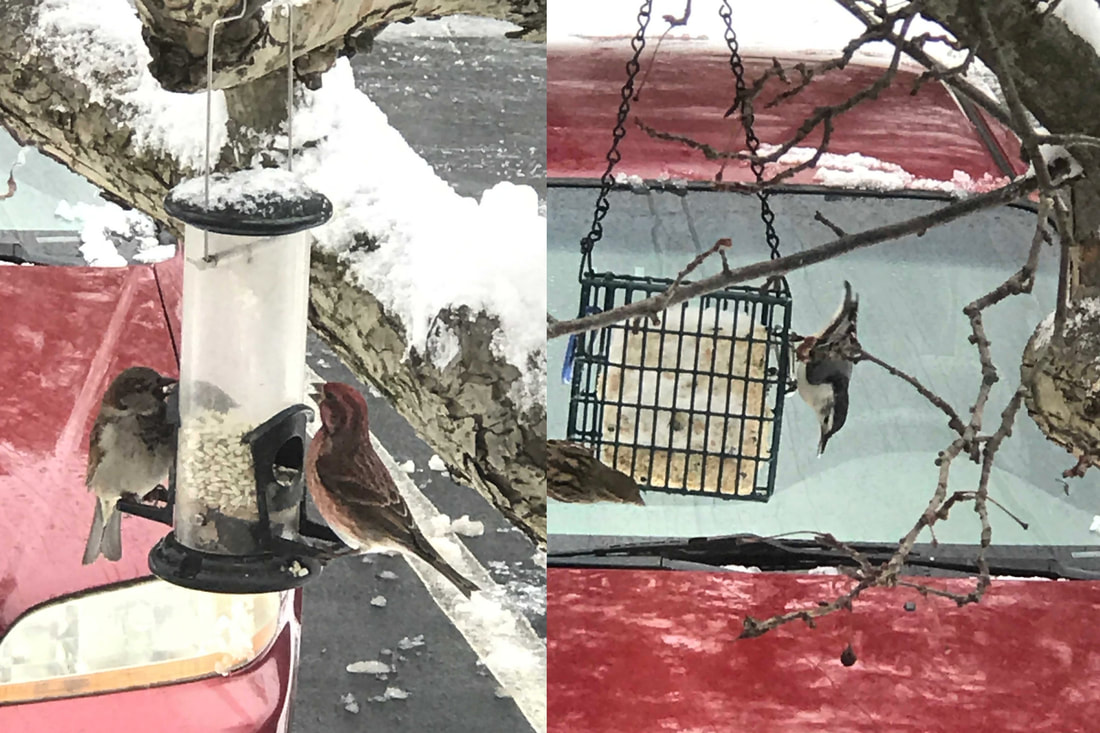
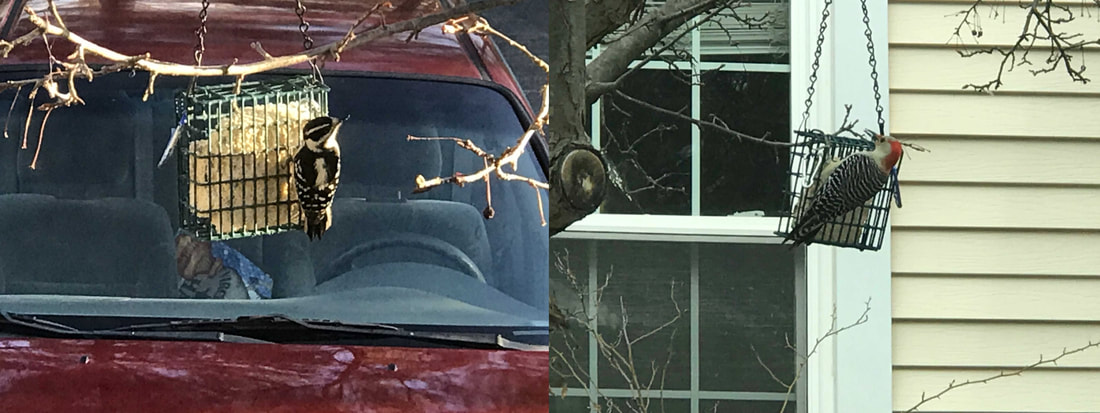
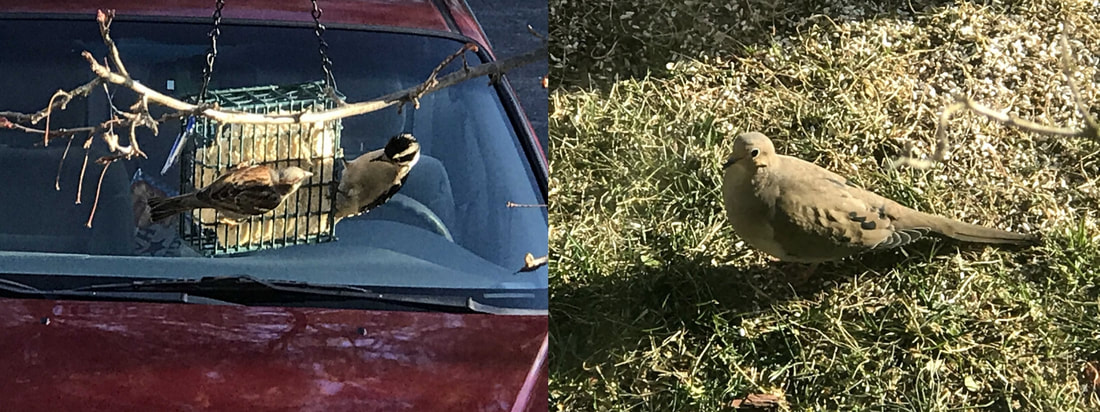
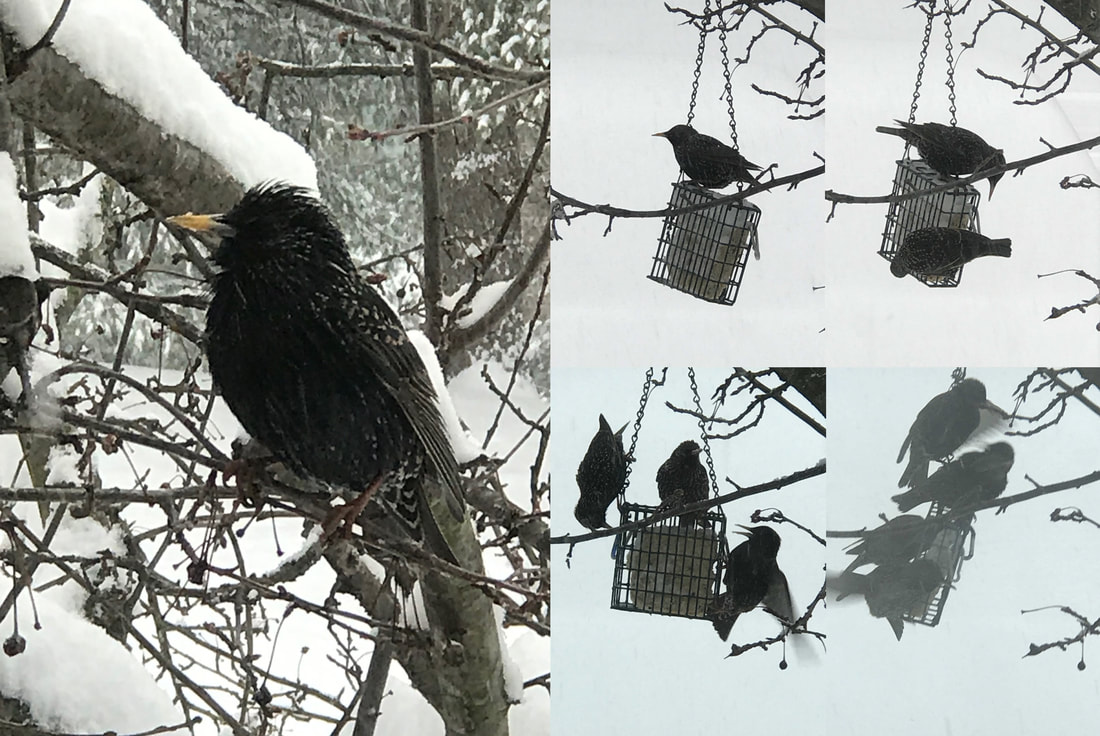
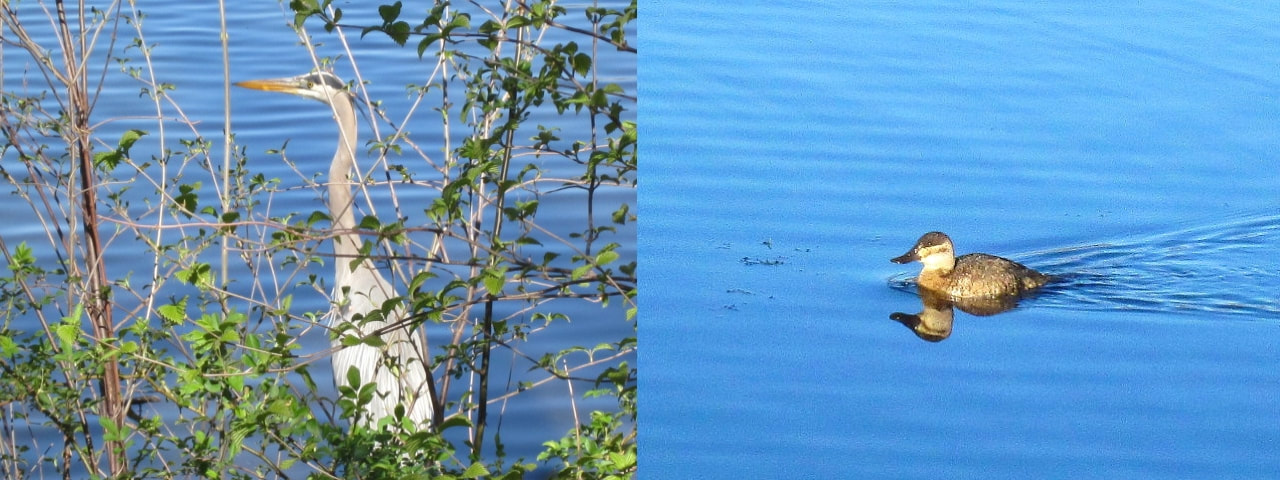
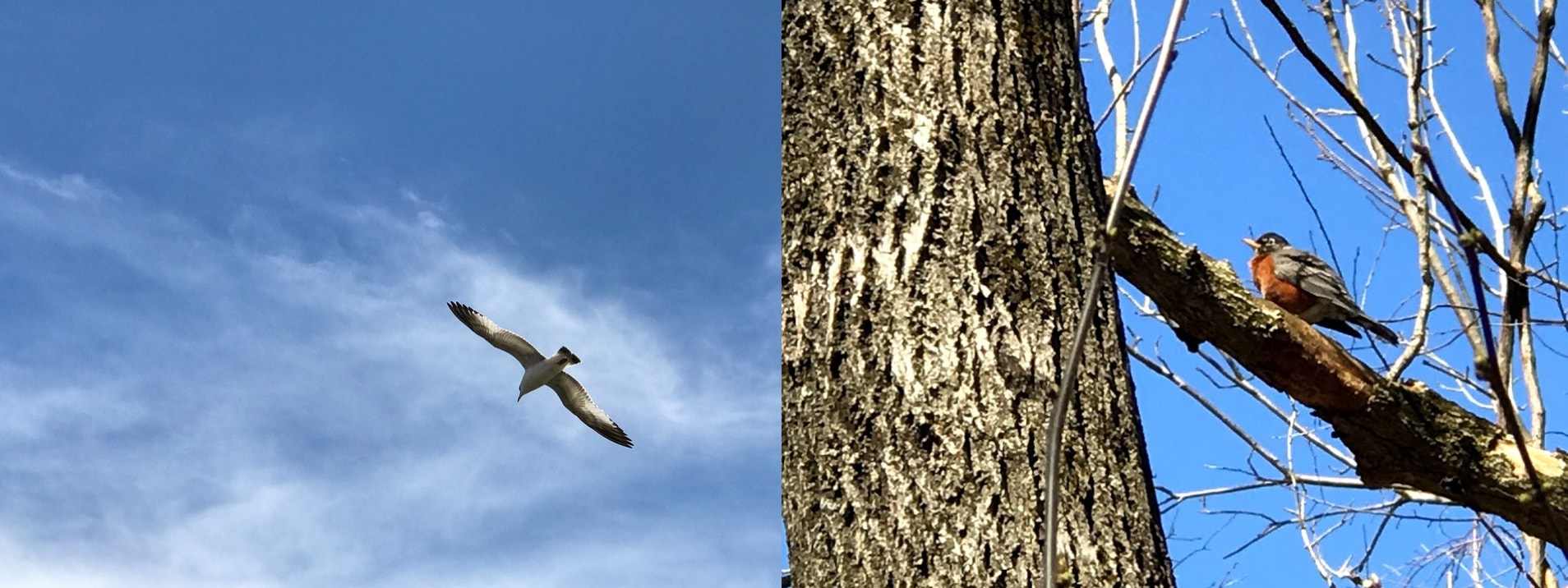
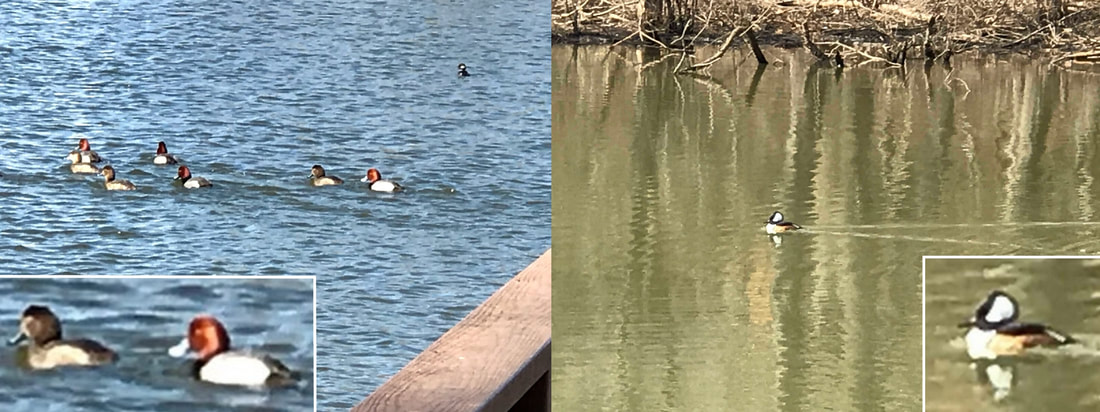
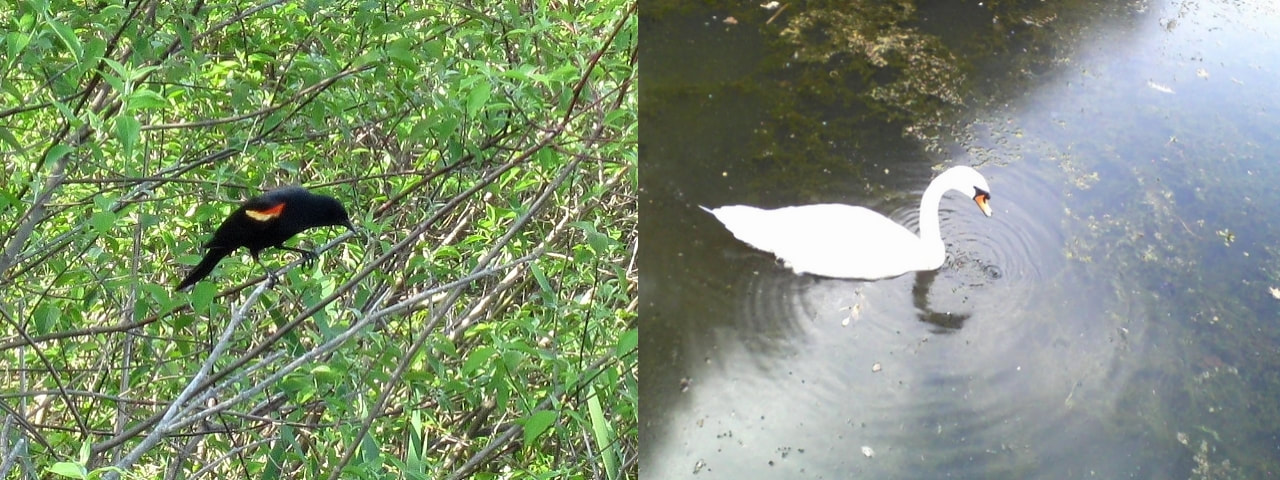
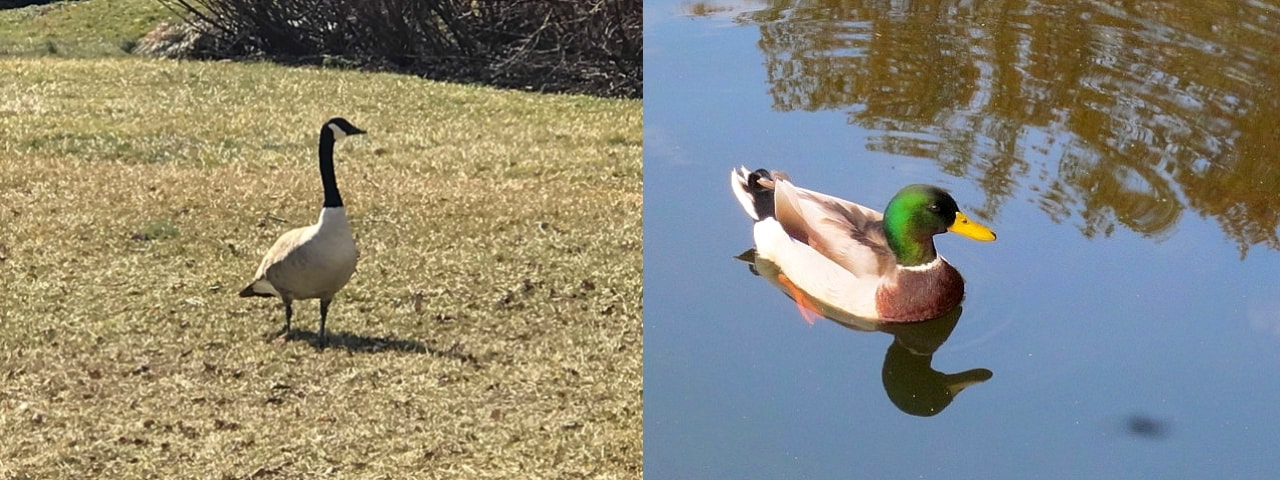
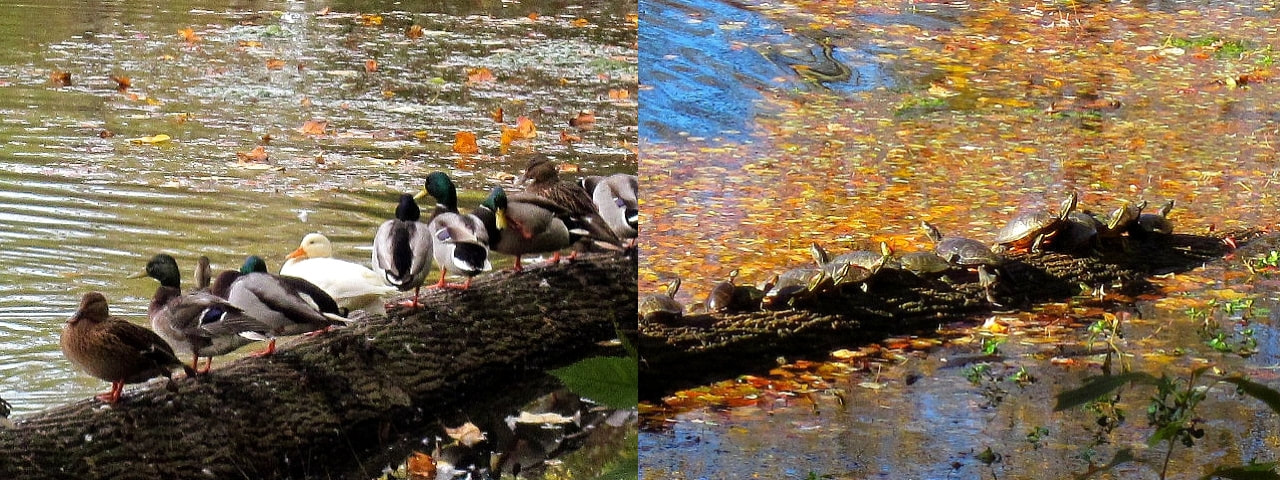
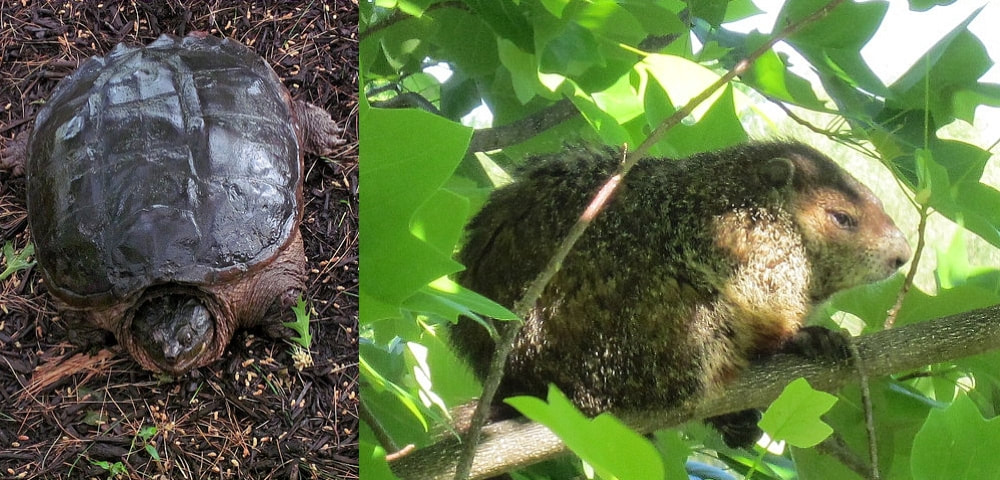
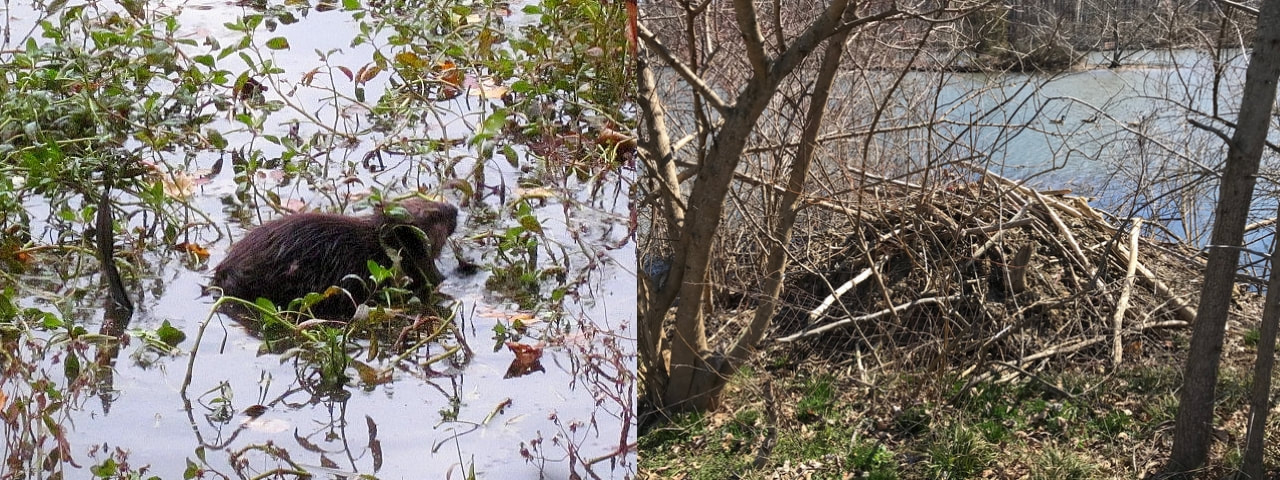
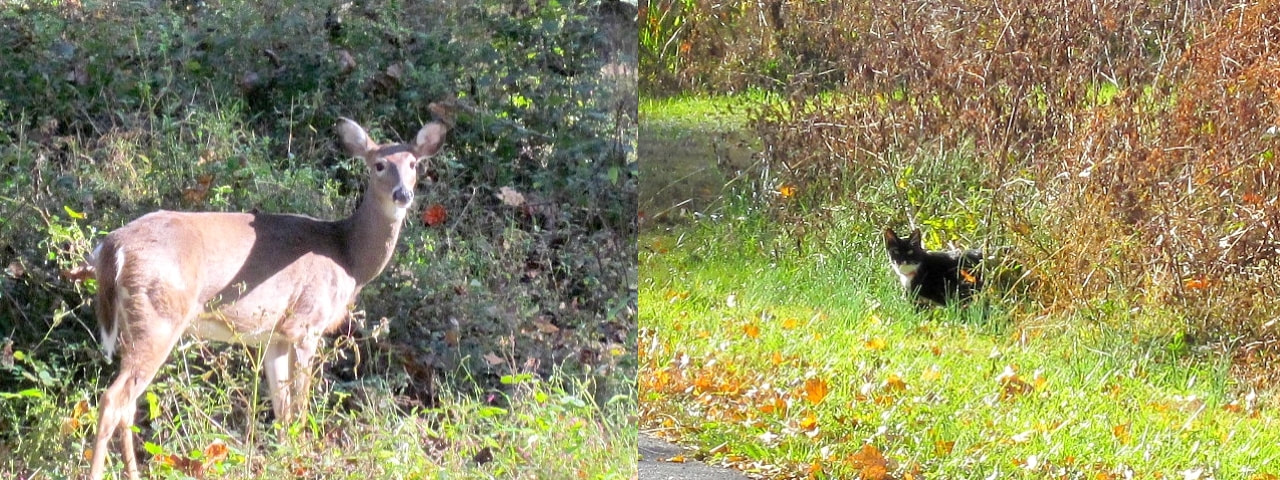
 RSS Feed
RSS Feed